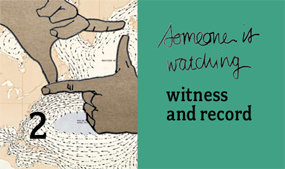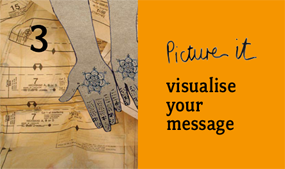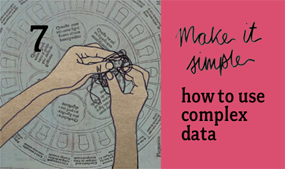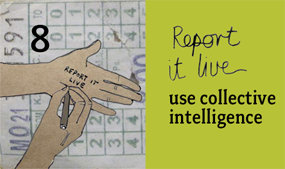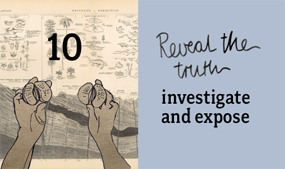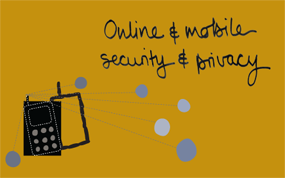In San Antonio, South Texas, Media Justice League, alongside their own film entitled ‘Digital inclusion in San Antonio’, showed 10 tactics to a diverse audience. Rebecca Ohnemus writes of this experience:
Local media activists, educators and aficionados gathered at C4 Workspace January 31 to launch San Antonio’s Digital Justice Coalition (DJC) and discuss tools and techniques for effectively communicating causes in South Texas.
Media Justice League (MJL) members hosted the pizza party, premiering two documentaries: their own “Digital Inclusion in San Antonio” and the Tactical Technology Collective’s (TTC) “10 tactics for turning information into action.”
In response to the American Reinvestment and Recovery Act’s call for a National Broadband Plan, the Federal Communications Commission began the search for America’s access needs. MAG-Net members created regional DJCs to collect information on the digital inclusion, divides, literacy and resistance in their areas.
The MJL interviewed over 25 local organisers, musicians and educators with four questions based on the elements of digital inclusion. The answers were catalogued and gathered into a short documentary.
The decision to show “10 Tactics,” in conjunction with the DJC launch came from DeAnne Cuellar, Executive Director of the MJL.
“We want people to know that access isn’t just a local problem, global issues need global coverage. Access provides that.”
The video displays unique and innovative uses of common (and uncommon) online tools for exactly what the DJC aimed to do: gather and organise experiences.

After the viewings, small group discussion of the films between participants helped to cultivate unique, in-depth discourse between established allies and newcomers. The primary discussion of manoeuvring and overcoming San Antonio’s digital divide focused on inclusion and adaptation of open source software to social and media justice organising.
 The assertion that options for video, audio and live streams can be used to easily and inexpensively communicate with mass audiences drew raised eyebrows from sceptics of “popular” media. Following conversations revolved around the flexibility of the new media and possible intersections with traditional grassroots organising in South Texas’ marginalised low-income areas.
The assertion that options for video, audio and live streams can be used to easily and inexpensively communicate with mass audiences drew raised eyebrows from sceptics of “popular” media. Following conversations revolved around the flexibility of the new media and possible intersections with traditional grassroots organising in South Texas’ marginalised low-income areas.
The city itself faces unique challenges in organisation and dissemination of information. Despite being one of the fastest growing markets in the United States, “we have the nation’s poorest zip code,” said Patricia Castillo, Executive Director of the P.E.A.C.E. Initiative. This extreme poverty creates a unique challenge when exploring the use and efficacy of popular technology.
Tactics utilising mobile technology provided useful information to organisers seeking communication tools for communities without Internet access. Local polls vary, reporting that anywhere from 70 to 84% of Latinos view data using mobile technology, making this the most viable of the resources.
Story by: Rebecca Ohnemus
Images, Top: Relaxed atmosphere as viewers enjoy pizza during the showing of the films. Bottom: Participant engaging with the 10 tactics material.

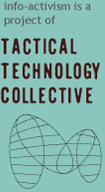

 The assertion that options for video, audio and live streams can be used to easily and inexpensively communicate with mass audiences drew raised eyebrows from sceptics of “popular” media. Following conversations revolved around the flexibility of the new media and possible intersections with traditional grassroots organising in South Texas’ marginalised low-income areas.
The assertion that options for video, audio and live streams can be used to easily and inexpensively communicate with mass audiences drew raised eyebrows from sceptics of “popular” media. Following conversations revolved around the flexibility of the new media and possible intersections with traditional grassroots organising in South Texas’ marginalised low-income areas.
